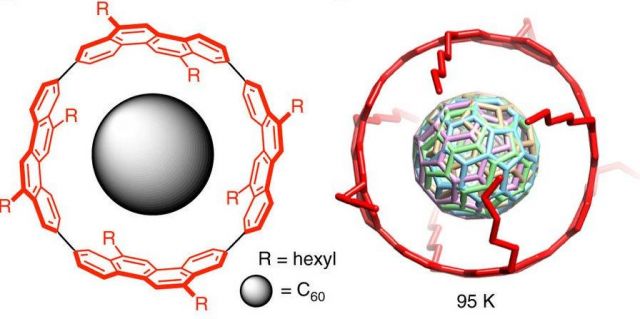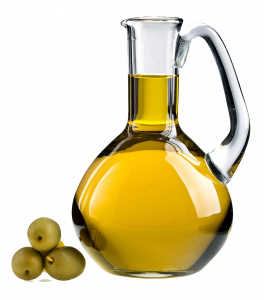by N.Morgan

In layman terms, Carbon 60 is a collection of 60 carbon atoms. Carbon 60 (also known as C60) was first mentioned in 1965 in an article written by scientist Harry P. Shultz titled Topological Organic Chemistry.
Polyhedranes and Prismanes. C60 wasn’t mentioned again until 1970 when Toyohashi University of Technology professor Eiji Osawa forecasted C60’s existence.
At the time he was describing the polycyclic aromatic hydrocarbon molecule, a structure that looked like five hexagons surrounding one pentagon.
In this description, he hypothesized that there could be a spherical version of this structure.
While Japanese scientific journals reported Osawa’s idea, the translations of the reporting never reached Europe or America.
Rejections
In the same year, another scientist by the name of R. W. Henson hypothesized the existence of C60 and even made a model of it. However, the scientific community felt the evidence he presented wasn’t strong enough and his findings weren’t accepted. In fact, the only recognition Henson got from his work on C60 was an acknowledgment of his paper in a 1999 issue of the scientific journal Carbon.
Henson wasn’t the only C60 researcher to have their findings rejected by the scientific community. In 1973 a group of scientists in the USSR analyzed the stability of carbon 60 at the quantum-chemical level and calculated its structure. While the researcher’s paper was published in Russia’s Proceedings of the USSR Academy of Sciences, many still didn’t accept the predictions of carbon 60.

The Breakthrough
In 1985, with the help of mass spectrometry, Harold Kroto of the University of Sussex, along with James R. Heath, Sean O’Brien, Robert Curl and Richard Smalley from Rice University, was finally able to give proof of Carbon 60.
They named the new arrangement of carbon atoms Buckminsterfullerene after Richard Buckminster Fuller. Fuller was a famous architect whose geodesic domes resembled C60. Any cluster of atoms like C60 then became part of a family class called fullerenes.
The C60 discoverers were awarded the Nobel Prize in 1996.
In the video below, Bob Greska the inventor of Greska’s Carbon 60, discusses the possible uses of C-60 during the Grand Solar Minimum. He also explains other uses and results that he has seen as he developed his no solvent single molecule C-60.
.png)
The Groundbreaking Study
C60 was on the verge of changing scientific many fields of study, but the biggest change turned out to be in biology. The groundbreaking study was done by Tarek Baati, Fanchon Bourasset, Najla Gharbi, Leila Njim, Manef Abderrabba, Abdelhamid Kerkeni, Henri Szwarc, and Fathi Moussa and published in 2012.
In the study, the researcher team bought C60 from SES Research to see its effects on Wistar rats. They separated the rats into several groups. Some groups were given 1 ml of water, some were given 1 ml of olive oil, and the last groups were given 1 ml of olive oil with C60. Upon studying the rats’ urine, blood, and brain samples, they discovered something amazing.
The rats that were given olive oil had increased their lifespan by 30%. But the rats that were given the olive oil with C60 increased their lifespan by almost 90%!
In short: olive oil with C60 made the rats live longer.
So How Does C60 with Olive Oil Work?
As we mentioned in our last blog, one of the keys to preventing aging is to have a diet rich in antioxidants. What’s so amazing about antioxidants is that they can give free radicals the electron they need without becoming a free radical themselves.
They are the real givers of nature. And so is C60. Because of C60’s unique atom structure and antioxidant properties, they can stabilize several free radicals without destabilizing themselves. While this has not been studied in humans, C60 with olive oil could be a quick way to the antioxidants you need for a healthier life.
Are You Ready to Feel Better and be Healthier?
If you’re looking for a quick boost and a better, healthier life, try taking Carbon 60 in olive oil today. Many who have taken C60 in olive oil say it makes their usual workout routines easier to complete and leave them less winded at the end.
We have an affiliate program designed for content creators and Affiliate marketers, who would like to sell this product, please click here for affiliate program details. Our affiliate program is designed to help you monetize your screen time.

References:












